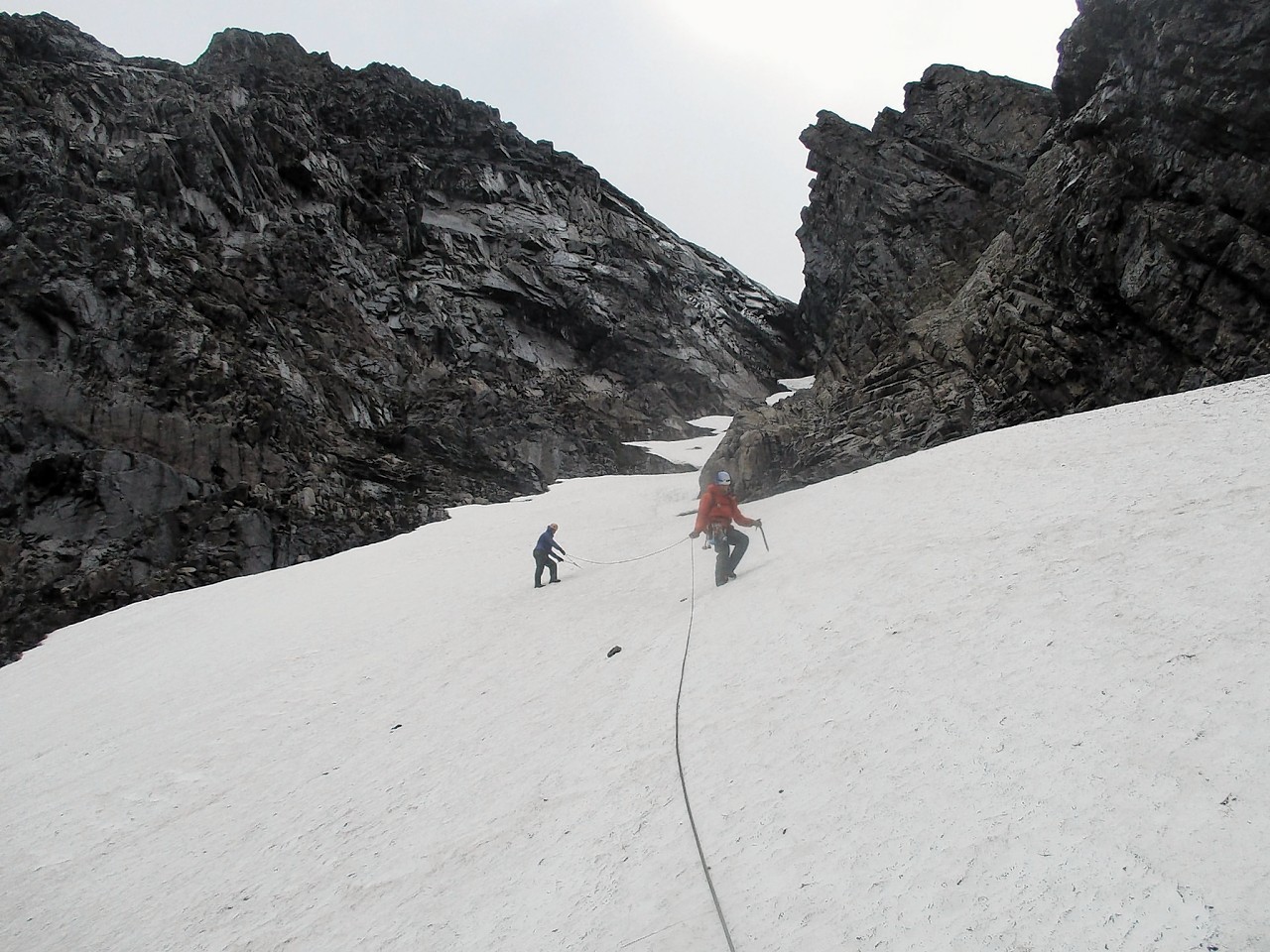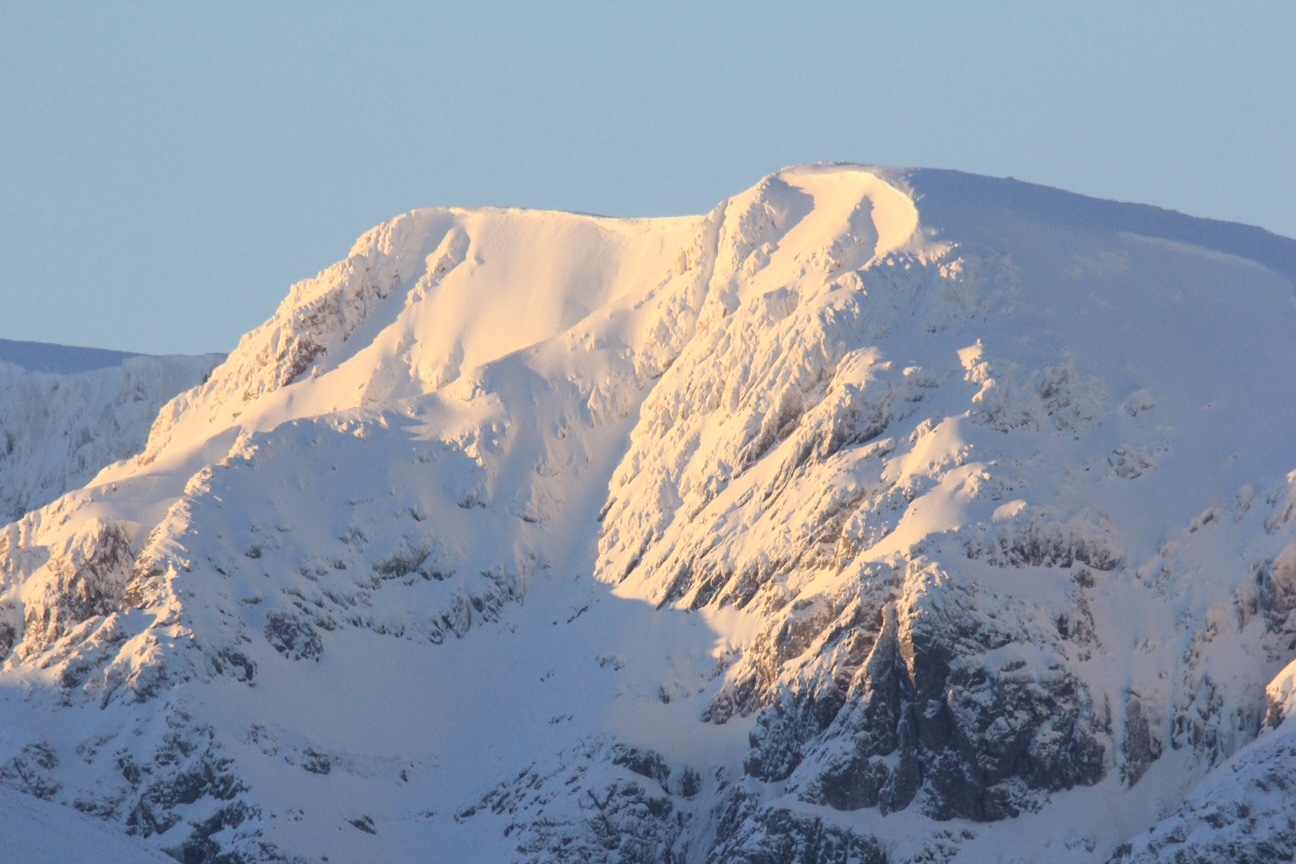This mini-series will focus on freezing and non-freezing cold weather injuries that can occur in an extreme mountainous environment, the signs and symptoms – and most importantly, prevention.
Injuries in the cold weather can be broken into two categories ‘Freezing’ and ‘Non Freezing’ injuries. This month we will Cover the first injury classified as a Freezing injury.
Freezing Injuries
There are two types of freezing cold weather injury: Hypothermia and Frostbite.
In this article we are going to look at hypothermia and how to counter it. This freezing cold injury is a killer and you need to be on your guard to spot it and counter it.
Hypothermia is a potentially fatal condition where the bodies core temperature falls below 35°C.
Normal body temperature is maintained at a near constant level of 36.5°C – 37.5°C through natural body thermoregulation. This is controlled by the hypothalamus, which recognises changes in body temperature. The body produces heat in the metabolic process in cells that support vital body functions.
Most heat is lost at the skin by convection, conduction, radiation and evaporation. As the environment gets colder the body generates more heat by shivering. However, if more heat is lost than the body can generate, the bodies core temperature will fall.
As the body’s temperature falls, the body shuts down blood flow from exposed areas and pools blood round the vital organs of heart, lung, kidney and brain.
The heart and brain are very sensitive to cold and the electrical activity to these important organs slows as the body cools. If the body continues to lose temperature organs begin to fail and eventually death will occur.
Cold, wind, moisture, anxiety and exhaustion are the causes of hypothermia. A combination of these factors with no action taken will most definitely lead to the onset of hypothermia.
By ensuring wet clothing does not sit against bare skin, ensuring clothing is dry and properly fitted with adequate insulation will all go some way to mitigating the cooling of body temperature.
Another essential, but even more so in winter, is correct calorie intake. Never skip breakfast, as that not only provides energy but also heat. It is also important to consume little and often to keep your body warm as it generates heat.
It is essential to be properly hydrated as dehydration also contributes to upset the internal metabolic process and fluids should be consumed prior, during and after the day’s activities.
A hot sweet drink on a hill not only provides a morale boost but keeps your bodies furnace ticking!
Anxiety and fatigue are other key contributory factors in hypothermia. A lack of proper planning and preparation will heighten anxiety and, as such, sets you up for failure early on and is one of the easiest things to put in place well before you even put on your walking boots. However people get caught out all the time. Do not be the one to be caught out.

Signs and Symptoms of Hypothermia
The early signs of hypothermia are difficult to spot in yourself particularly if you are lacking in experience. This is because early onset hypothermia can cause confusion, poor judgement and a change in behaviour which is why it is recommended to walk with a partner particularly when you first start out.
Mild hypothermia (35°C – 33°C) signs and symptoms may not be obvious but may include:
- Changes to states of consciousness: listlessness, apathy, bursts of energy
- Cold hands and feet
- Muscle tremors (the body’s natural response kicking in)
- Normal to rapid pulse and perspiration
- Diminished fine motor skills and eventually a complete inability to conduct fine motor skills
If the individual is conscious they will shiver violently have increased lethargy and indifference. However, at this stage the individual is still capable of generating body heat.
Moderate hypothermia (33°C – 30C), when the individual needs help to generate warmth and cannot raise their body temperature, means they must be regarded as a patient. Shivering will have ceased and muscles will be tight and rigid. The patient will feel warm and drowsy. This drowsiness will lead to unconsciousness. They will have slow breathing and pulse.
Signs and symptoms can include:
- Increased drowsiness/unconsciousness
- Slow pulse/breathing
- Irrational behaviour – paradoxical thinking
- Shivering ceases
Deep hypothermia (below 30°C) the patient will more than likely be unconscious and white as a sheet. Breathing and pulse may be very weak or impossible to detect. In this condition the patient may be mistaken for dead.
Symptoms include:
- Unconsciousness or coma
- Pale, cold skin
- Dilated pupils with no light reflex
- Low respiration – difficult to detect
- Vital signs may appear to be absent but the patient may not be necessarily dead!
When the temperature reaches 28°C there will be an increased risk of arterial fibrillation which in turn will lead to a cardiac arrest. The patient will eventually die of cardiac arrest, not poor respiration.
Treating Hypothermia
Early recognition is vital to prevent a further heat loss and, if the patient is conscious and capable, active rewarming will be necessary by physical activity to raise their core temperature and activate their major muscle groups.
Get the patient off the hill as soon as possible or seek shelter.
Generally, there is nowhere in Britain that is so remote that you cannot reach some habitation within a day and this is the preferred option in almost all cases.
Getting a patient to hospital is your number one priority. However, if you have to wait for medical help to come to you, the following will help stop the patient’s condition getting worse until help arrives.
Remove all wet clothing and replace with warm dry clothing.
Prevent further heat loss by wrapping patient in blanket, placing in sleeping bag or survival bag.
A conscious patient should be given hot sweet drinks.
Avoid smoking or alcohol.
Place hot water bottles close to the arteries and the stomach.
In cases of mild hypothermia, a patient may be given a hot bath or shower in moderate or deep cases a patient should NOT be given a hot shower or bath.
The patient should be transported and treated gently. This is in order that cold blood from the extremities do not return rapidly to the heart avoiding triggering cardiac arrest.
If necessary, perform CPR (Mouth to Mouth Resuscitation), but not before ascertaining that there is no pulse or respiration.
The patient should be laid in a stable lateral position if they have a pulse and are breathing.
Prevention
Modern clothing and fabrics are light years ahead from that which our forefathers wore on the hill. However it is not possible to provide 100% protection from the elements. Just remember it is the body’s internal furnace fuelled by food/water and trapped air in clothing that provide heat. By using the Principles of Keeping Warm, provided in a previous article, you can offset heat loss from the body and maximise your efficiency in bad weather and rough conditions.
In winter it is vital that extra protection in the shape of a survival bag/bivvy bag be carried for use if you cannot walk off the hill for whatever reason. This is over and above your normal safety kit and should be seen as mandatory. Ignore at your peril.
Lastly do not overestimate your ability or take on a too demanding route that is out with yourself or your groups ability.
Having the knowledge what to look out for means you are aware of the threat and as such are in a better place to avoid it.
Next month the series will look at other Cold weather injuries and how to guard against them.
Mark Spence is a former Royal Marine Commando with more than 25 years’ experience mastering some of Scotland’s toughest terrains. Through his own venture MunroDrone, Mark aims to introduce adventurers to some of Scotland’s most stunning scenery and the world of the Munros.










